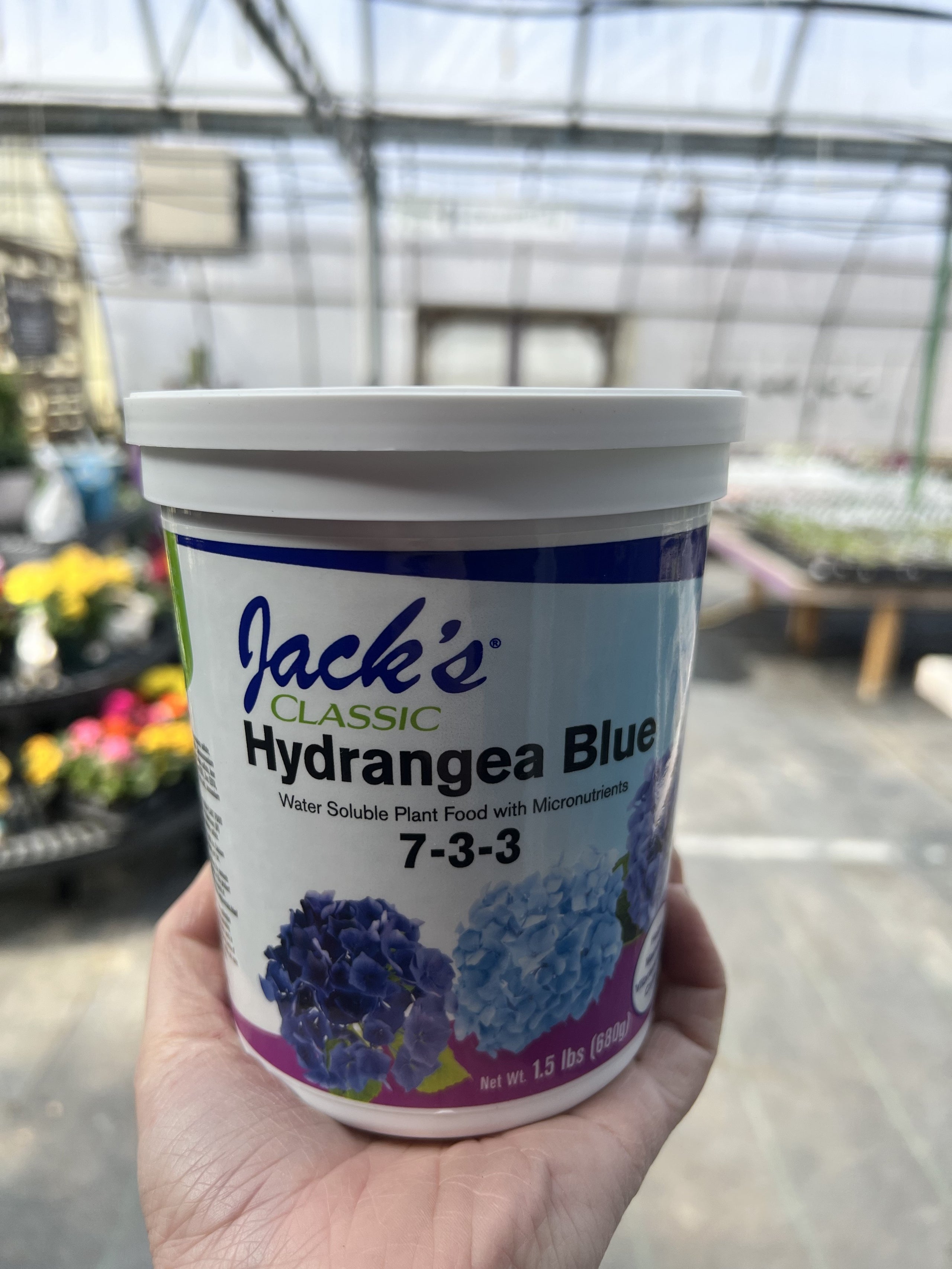

Articles
What Kind Of Fertilizer For Hydrangeas
Modified: February 20, 2024
Looking for expert advice on choosing the right fertilizer for hydrangeas? Read our informative articles for valuable insights and tips on nourishing your beautiful flowers.
(Many of the links in this article redirect to a specific reviewed product. Your purchase of these products through affiliate links helps to generate commission for Storables.com, at no extra cost. Learn more)
Introduction
Welcome to the world of hydrangeas! These beautiful flowering plants are known for their vibrant and show-stopping blooms that can add a pop of color to any garden or landscape. But to ensure that your hydrangeas thrive and produce those stunning flowers, proper care and attention are essential. One crucial aspect of caring for hydrangeas is fertilization.
Fertilizing hydrangeas not only provides them with essential nutrients but also promotes healthy growth and abundant flowering. However, with so many options available in the market, it can be challenging to determine which fertilizer is best for hydrangeas. In this article, we will explore the factors to consider when choosing the right fertilizer for hydrangeas and discuss some of the best types of fertilizers to help your hydrangeas flourish.
Understanding the needs of your specific hydrangea variety is crucial for optimal success. Different varieties of hydrangeas have different requirements when it comes to soil pH, nutrients, and sunlight. Therefore, before diving into the world of fertilizers, it’s important to understand your specific hydrangea’s needs.
Next, we’ll delve into the importance of fertilizing hydrangeas and the benefits it provides in terms of overall plant health and flower production. Fertilizing hydrangeas helps replenish nutrients in the soil, providing the necessary elements for healthy growth. It can also support root development and enhance the plant’s ability to absorb nutrients and moisture from the soil.
When it comes to choosing the right fertilizer for your hydrangeas, there are several factors to consider. One crucial factor is the nutrient ratio provided by the fertilizer. Hydrangeas require a balanced blend of macronutrients such as nitrogen (N), phosphorus (P), and potassium (K) for optimal growth. Understanding the nutrient requirements of your hydrangeas will help you select a fertilizer that meets those needs.
In addition to the nutrient ratio, you should also consider the type of fertilizer. Organic fertilizers, derived from natural sources, are a popular choice for many gardeners due to their environmental benefits and long-term effects on soil health. Inorganic fertilizers, on the other hand, are synthetic and provide a quick nutrient release, making them suitable for specific situations where immediate results are desired.
To ensure that the fertilizer is utilized effectively, proper application techniques are key. We will provide tips on how to apply fertilizer to hydrangeas, including the timing and frequency of application. Additionally, we will highlight some common mistakes to avoid when fertilizing hydrangeas, helping you ensure that you’re providing the best care for your plants.
So, whether you’re a seasoned gardener looking to enhance the beauty of your hydrangeas or a beginner taking your first steps into the world of gardening, this article will serve as a comprehensive guide to choosing the right fertilizer for hydrangeas. By understanding the needs of your hydrangeas and selecting the appropriate fertilizer, you can unleash the full potential of these stunning plants and enjoy their breathtaking blooms for years to come.
Key Takeaways:
- Choose the Right Fertilizer: Understanding your hydrangea variety’s specific needs is crucial for selecting the best fertilizer. Consider factors like soil pH, nutrient requirements, and desired flower color to promote optimal growth and vibrant blooms.
- Proper Application is Key: Applying fertilizer correctly, at the right time and in the right manner, is essential for ensuring even nutrient distribution and effective absorption by your hydrangeas’ roots. Avoid common mistakes like overfertilization and neglecting other aspects of plant care to support your hydrangeas’ overall health and stunning flower production.
Understanding Hydrangeas
Before delving into the world of fertilizers for hydrangeas, it is important to have a basic understanding of these beautiful plants. Hydrangeas belong to the genus Hydrangea, which encompasses a diverse group of flowering shrubs and vines. They are native to various regions around the world, including Asia, the Americas, and Europe.
One of the most striking features of hydrangeas is their large, showy flowers. These flowers can vary in shape, size, and color depending on the specific hydrangea variety. Some hydrangeas produce round, pompom-like clusters of flowers, while others have cone-shaped or flat-topped blooms. The color of hydrangea flowers can range from shades of white, pink, purple, blue, and even green.
Hydrangeas are known for their ability to change flower color based on the pH level of the soil. In acidic soils with a pH below 6, hydrangeas tend to produce blue flowers. On the other hand, in alkaline soils with a pH above 7, hydrangeas produce pink flowers. The flower color can also be influenced by the availability of aluminum ions in the soil. This unique feature of hydrangeas adds to their allure and makes them a popular choice for gardeners.
There are several different varieties of hydrangeas, each with its own specific characteristics and requirements. Some of the most common hydrangea species include:
- Hydrangea macrophylla: Also known as bigleaf hydrangea or French hydrangea, this variety is one of the most popular. It is characterized by its large, rounded flower clusters and glossy leaves. Hydrangea macrophylla varieties can have either mophead flowers (rounded clusters) or lacecap flowers (flat clusters with tiny flowers in the center).
- Hydrangea arborescens: Commonly referred to as smooth hydrangea, this variety is native to the eastern United States. It features large, globular flower clusters and can tolerate a wide range of soil conditions.
- Hydrangea paniculata: Known as panicle hydrangea, this variety produces elongated flower clusters that can be cone-shaped or pyramidal in form. The flowers start off creamy white and gradually turn pink as they mature.
- Hydrangea quercifolia: Also called oakleaf hydrangea, this variety is known for its distinct oak-shaped leaves and cone-shaped flower clusters. It thrives in partially shaded areas.
- Hydrangea anomala: Commonly known as climbing hydrangea, this variety is a vine that can climb up walls or trees. It has white, lacecap-like flowers and is a great choice for vertical gardening.
Understanding the specific characteristics of your hydrangea variety, such as its growth habit and flower type, is crucial for providing appropriate care and selecting the right fertilizer. Hydrangeas thrive in moist, well-drained soil and prefer partial shade, although some varieties can tolerate more sun. Different hydrangea varieties also have different tolerance levels to extreme temperatures, so it is important to choose a variety that is suitable for your climate.
By understanding the unique qualities of hydrangeas and their specific requirements, you can create the perfect environment for these stunning plants to thrive.
Importance of Fertilizing Hydrangeas
Fertilizing hydrangeas plays a crucial role in their overall health, growth, and flower production. While hydrangeas are hardy plants, providing them with adequate nutrients is essential to ensure their optimal development and vibrant blooms. Here are some key reasons why fertilizing hydrangeas is important:
- Nutrient replenishment: Like all plants, hydrangeas require essential nutrients to thrive. Over time, the soil’s nutrient levels can become depleted, especially in heavily cultivated or poorly nourished areas. Fertilizing hydrangeas helps replenish the soil with the necessary nutrients, ensuring that the plants have access to all the elements they need for healthy growth.
- Promotes healthy growth: Proper fertilization provides hydrangeas with the essential macronutrients they need to develop strong roots, stems, and leaves. Nitrogen (N) supports vigorous foliage growth, phosphorus (P) promotes root development and flower production, and potassium (K) enhances overall plant strength. By supplying these nutrients in the right proportions, fertilizing hydrangeas encourages robust growth and a well-established plant structure.
- Enhances flower production: Fertilizing hydrangeas can significantly impact their flower production. The nutrients supplied by fertilizers help hydrangeas produce more abundant and vibrant blooms. Phosphorus, in particular, is crucial for flower formation and development. By providing adequate phosphorus and other nutrients, fertilization can result in an impressive display of hydrangea flowers.
- Improves nutrient uptake: Fertilizer application enhances the plant’s ability to absorb nutrients from the soil. It helps improve nutrient uptake efficiency, allowing hydrangeas to make the most of the available soil resources. This, in turn, leads to healthier plants with improved tolerance to stress, pests, and diseases.
- Supports overall plant health: Well-fed hydrangeas are less prone to diseases and pest infestations. Fertilizing hydrangeas strengthens their immune system and increases their resistance to various stresses, such as extreme weather conditions and environmental factors. By promoting overall plant health, proper fertilization helps ensure that your hydrangeas remain vigorous and vibrant throughout the growing season.
It is important to note that while fertilizing hydrangeas is beneficial, it should be done in moderation. Excessive fertilization can lead to imbalances, salt buildup, and other issues that may harm the plants. It is crucial to follow the recommended dosage and application guidelines for your specific hydrangea variety.
In the next sections, we will explore the factors to consider before choosing a fertilizer for hydrangeas and discuss some of the best types of fertilizers to provide your hydrangeas with the nutrients they need to thrive.
Factors to Consider Before Choosing Fertilizer
Choosing the right fertilizer for your hydrangeas can greatly impact their growth and flowering. However, before making a decision, there are several key factors to consider to ensure that you select the most suitable option. By taking these factors into account, you can provide your hydrangeas with the nutrients they need for optimal health and beauty. Here are some important factors to consider before choosing a fertilizer:
- Soil pH: The pH level of your soil plays a significant role in nutrient availability to your plants. Hydrangeas thrive in slightly acidic soil, with a pH level between 5.5 and 6.5. Soil pH affects the availability of certain nutrients, such as aluminum, which directly impacts the color of hydrangea flowers. It is important to determine the pH level of your soil before choosing a fertilizer to ensure it aligns with the needs of your hydrangeas.
- Nutrient requirements: Different hydrangea varieties have varying nutrient requirements. Understanding the specific needs of your hydrangea variety is crucial for proper fertilization. For example, mophead hydrangeas (Hydrangea macrophylla) tend to benefit from lower nitrogen levels to prevent excessive leaf growth and promote flower production. Lacecap hydrangeas, on the other hand, benefit from a more balanced nutrient ratio. Take into consideration the specific requirements of your hydrangea variety when selecting a fertilizer.
- Desired flower color: If you have a hydrangea variety that is susceptible to color change based on soil pH, you can manipulate the flower color by selecting the appropriate fertilizer. For blue flowers, a fertilizer with a high aluminum content can help lower the soil pH and create the desired acidic environment. To encourage pink flowers, a fertilizer with low aluminum content and a higher pH level is more suitable. Understanding how soil pH and fertilizer can affect flower color can help you achieve the desired results.
- Organic vs. inorganic: Another important factor to consider is the type of fertilizer you prefer to use. Organic fertilizers are derived from natural sources and provide slow-release nutrients, improving soil health in the long run. They are typically more eco-friendly and sustainable. Inorganic fertilizers, also known as synthetic or chemical fertilizers, provide quick-release nutrients for immediate results but may not contribute to long-term soil health. Consider your gardening principles and preferences when choosing between organic and inorganic fertilizers.
- Application method: Fertilizers can be applied in different ways, including granular form, liquid concentrates, or slow-release spikes. Consider your preferred method of application and choose a fertilizer that aligns with it. Granular fertilizers are often spread around the base of the plant, while liquid fertilizers are diluted in water and applied as a drench. Slow-release spikes are inserted into the soil around the plant and provide nutrients over an extended period. Selecting a fertilizer that matches your preferred application method will make the fertilization process more convenient and effective.
By taking these factors into account and understanding the specific requirements of your hydrangeas, you can make an informed decision when choosing a fertilizer. In the following sections, we will explore the best types of fertilizers for hydrangeas, both organic and inorganic, to help you provide the optimal nutrients for your plants.
Best Types of Fertilizer for Hydrangeas
Choosing the right fertilizer is essential for promoting healthy growth and vibrant blooms in your hydrangeas. There are various types of fertilizers available on the market, each with its own advantages and considerations. Here are some of the best types of fertilizers for hydrangeas:
1. Organic Fertilizers:
Organic fertilizers are derived from natural sources and provide slow-release nutrients as they break down in the soil. They are environmentally friendly, promote soil health, and improve long-term fertility. Organic fertilizers for hydrangeas include:
- Compost: Compost is a nutrient-rich organic matter made from decomposed kitchen scraps, yard waste, and other organic materials. It enriches the soil with a wide range of nutrients and improves its structure and water-holding capacity.
- Well-rotted manure: Manure from livestock, such as cow or horse manure, can be an excellent organic fertilizer for hydrangeas. It provides a balanced blend of nutrients and improves soil quality.
- Bone meal: Bone meal is a slow-release organic fertilizer rich in phosphorus, which promotes root development and flower production. It is particularly beneficial for hydrangeas that require an extra boost of phosphorus.
- Fish emulsion: Fish emulsion is a liquid organic fertilizer made from fish byproducts. It is rich in nitrogen and provides a quick nutrient boost for hydrangeas. Fish emulsion is typically diluted in water and applied as a foliar spray or drench.
2. Inorganic Fertilizers:
Inorganic fertilizers are synthetic fertilizers that provide a quick release of nutrients. They are typically water-soluble and dissolve easily in the soil. Inorganic fertilizers for hydrangeas include:
- Complete fertilizers: Complete fertilizers, labeled with NPK ratios (representing the percentages of nitrogen, phosphorus, and potassium), provide all the essential macronutrients that hydrangeas need. Examples include 10-10-10 or 20-20-20. These fertilizers are easy to use and can be applied according to the package instructions.
- Slow-release fertilizers: Slow-release fertilizers provide a gradual release of nutrients over an extended period, ensuring a steady supply of nutrition for hydrangeas. They come in various forms such as granules or spikes and offer convenience and long-lasting effects.
- Water-soluble fertilizers: Water-soluble fertilizers are easily dissolved in water and can be applied as a liquid feed. They provide a quick nutrient boost and are readily absorbed by hydrangeas through the roots.
When selecting a fertilizer, consider the specific requirements of your hydrangea variety and assess factors like soil pH, nutrient ratios, and desired flower color. It is important to follow the instructions and dosage recommendations provided by the manufacturer to avoid over-fertilization, which can harm the plants.
In addition to using the right fertilizer, supplementing with organic matter like compost and practicing proper watering and pruning techniques can further support the health and vitality of your hydrangeas.
By choosing the appropriate fertilizer and providing the essential nutrients, you can ensure that your hydrangeas thrive and produce stunning blooms for you to enjoy.
Use a fertilizer with a higher phosphorus content to encourage blooming in hydrangeas. Look for a fertilizer with a ratio such as 25-10-10 or 10-30-10. Apply in early spring and again in late summer.
Read also: 11 Amazing Hydrangea Fertilizer for 2024
Organic Fertilizers for Hydrangeas
Organic fertilizers are an excellent choice for hydrangeas as they provide slow-release nutrients and improve soil health in the long run. They are derived from natural sources, such as compost, manure, and organic waste, making them an environmentally friendly option for gardeners. Here are some organic fertilizers that can promote the growth and blooming of your hydrangeas:
- Compost: Compost is a nutrient-rich organic matter that improves soil fertility and structure. It is made from decomposed kitchen scraps, yard waste, and other organic materials. Compost adds a wide range of essential nutrients, including nitrogen, phosphorus, and potassium, to the soil. By incorporating compost into the soil around your hydrangeas or using it as a top dressing, you can provide a slow and steady release of nutrients for sustained growth.
- Well-rotted manure: Manure from livestock, such as cow or horse manure, is an excellent organic fertilizer for hydrangeas. Well-rotted manure is rich in nutrients like nitrogen, phosphorus, and potassium, as well as other trace elements. It improves soil structure, increases water retention, and enhances nutrient availability to the plants. To use manure as a fertilizer, ensure that it is well-aged and fully decomposed to avoid burning the plant’s roots.
- Bone meal: Bone meal is a slow-release organic fertilizer that is rich in phosphorus. Phosphorus is vital for root development, flower production, and overall plant health. Applying bone meal to the soil around your hydrangeas in the early spring encourages strong root growth and enhances the development of beautiful blooms. It is especially beneficial for hydrangeas that require more phosphorus, such as those in pink color preference.
- Fish emulsion: Fish emulsion is a liquid organic fertilizer made from fish byproducts. It is high in nitrogen, a crucial nutrient for promoting healthy growth and lush foliage in hydrangeas. Fish emulsion is usually diluted in water and applied as a foliar spray or soil drench. It provides a quick nutrient boost to your hydrangeas and is easily absorbed by their leaves and roots. Regular applications of fish emulsion during the growing season can keep your hydrangeas thriving.
When using organic fertilizers, it is important to follow the recommended application rates and timing. Applying too much organic fertilizer can lead to nutrient imbalances and the potential for nutrient runoff. It’s also a good practice to monitor the soil pH levels periodically, especially if you want to adjust the flower color of your hydrangeas. Some organic fertilizers like compost and manure can slightly lower the pH of the soil over time, resulting in blue flower coloration for certain hydrangeas.
Consider using a combination of organic fertilizers to provide a well-rounded nourishment for your hydrangeas. Pairing compost with well-rotted manure or incorporating bone meal and fish emulsion into your fertilization routine can provide a diverse range of nutrients for your plants’ overall health and vitality.
Organic fertilizers not only supply essential nutrients to your hydrangeas but also improve the soil structure and support beneficial microbial activity. With consistent use, organic fertilizers contribute to long-term soil health, ensuring that your hydrangeas continue to thrive and produce stunning blooms for years to come.
Inorganic Fertilizers for Hydrangeas
In addition to organic options, inorganic fertilizers are widely used for hydrangeas due to their quick-release and precise nutrient formulation. These synthetic fertilizers are designed to provide a concentrated source of essential nutrients, promoting vigorous growth and abundant flowering. Here are some of the common types of inorganic fertilizers for hydrangeas:
- Complete fertilizers: Complete fertilizers are labeled with three numbers representing the percentage of nitrogen (N), phosphorus (P), and potassium (K) they contain. These ratios are commonly referred to as NPK. Examples of complete fertilizers suitable for hydrangeas include 10-10-10, 20-20-20, or similar blends. These fertilizers provide a balanced combination of macronutrients, promoting overall plant health and flower production. They are typically water-soluble and have quick-release properties, which means the nutrients are readily available for immediate uptake by the hydrangeas.
- Slow-release fertilizers: Slow-release fertilizers provide a controlled release of nutrients over an extended period. They come in various forms, including granules and spikes. These fertilizers are coated with a semipermeable coating that gradually breaks down, releasing the nutrients to the plant’s roots over time. Slow-release fertilizers are convenient as they require less frequent applications compared to water-soluble fertilizers. They provide a steady supply of nutrients for long-term plant growth and can reduce the risk of overfertilization.
- Water-soluble fertilizers: Water-soluble fertilizers are designed to dissolve quickly when mixed with water, forming a readily available nutrient solution. They are commonly available in powder or granular form and are easy to use. These fertilizers are typically used as a liquid feed by dissolving the recommended amount in water. Water-soluble fertilizers provide an instant nutrient boost to hydrangeas and are quickly absorbed through the roots. They are a practical choice for gardeners who prefer frequent or foliar applications.
When using inorganic fertilizers, it is important to follow the recommended application rates provided on the product packaging. Applying excessive amounts of fertilizers can lead to nutrient imbalances and potential plant stress. It is also crucial to water your hydrangeas thoroughly after fertilization to ensure proper nutrient distribution and to prevent fertilizer burn on the plant’s roots.
Inorganic fertilizers offer precise nutrient control and immediate results, making them a popular choice for gardeners who prefer a convenient and targeted approach to fertilization. They provide the necessary nutrients for promoting healthy growth and vibrant blooming in hydrangeas, allowing you to enjoy their beauty throughout the growing season.
Remember, while inorganic fertilizers offer quick nutrient release, it is still essential to supplement them with organic matter, such as compost, to promote overall soil health and long-term sustainability. A combination of organic and inorganic fertilizers can provide a well-rounded approach to nourishing your hydrangeas and keeping them healthy and thriving.
Tips for Applying Fertilizer to Hydrangeas
Applying fertilizer correctly is essential for the proper growth and development of your hydrangeas. Here are some tips to help you make the most out of your fertilizer application:
- Read the instructions: Always read and follow the instructions provided on the fertilizer packaging. The instructions will give you specific guidelines on the recommended application rates, timing, and frequency. Different fertilizers have different formulations, so it’s important to understand how to use each product effectively.
- Apply fertilizers at the right time: Timing is crucial when it comes to fertilizing hydrangeas. Generally, it is best to apply fertilizer in early spring, just as new growth begins. This gives the plants a nutrient boost as they come out of the winter dormancy and start their active growing phase. Avoid fertilizing late in the growing season, as it may encourage late, tender growth that can be susceptible to damage from frost or cold weather.
- Avoid overfertilization: Too much fertilizer can be harmful to hydrangeas. It can lead to excessive vegetative growth, reduced flowering, and nutrient imbalances. Follow the recommended dosage and avoid the temptation to overapply. Remember that more is not always better when it comes to fertilizers.
- Apply evenly and around the drip line: Spread the fertilizer evenly around the drip line of the hydrangea shrub, which is the outer edge of the canopy where water would naturally drip off. This is where the majority of the feeder roots are located. Avoid applying the fertilizer directly on the plant’s stem, as it may cause root burn. If using a granular fertilizer, lightly rake it into the soil surface or cover with a thin layer of organic mulch to prevent runoff and promote nutrient absorption.
- Water thoroughly after applying fertilizer: After applying fertilizer, water the soil thoroughly to help dissolve the fertilizer and distribute the nutrients. This will prevent any potential burn on the plant’s roots and ensure that the nutrients reach the root zone where they are needed. Adequate watering also helps to prevent nutrient leaching and ensures that the hydrangeas can take up the nutrients effectively.
- Apply additional fertilizer as needed: Hydrangeas may benefit from supplementary doses of fertilizer throughout the growing season. This can be particularly helpful for heavy feeders such as macrophylla varieties. However, be cautious not to overdo it. Monitor the plants’ growth and health, and if you notice signs of nutrient deficiency or slow growth, consider applying a mild dose of fertilizer. Always follow the recommended guidelines for frequency and dosage.
Remember that proper fertilization is just one aspect of hydrangea care. Providing them with a balanced diet of nutrients, sufficient water, suitable light conditions, and proper pruning will help ensure their overall health and vitality.
By following these tips, you can optimize the effectiveness of your fertilizer application and provide your hydrangeas with the nutrients they need to thrive and produce stunning blooms season after season.
Common Mistakes to Avoid when Fertilizing Hydrangeas
While fertilizing hydrangeas is important for their growth and blooming, it’s crucial to avoid common mistakes that can harm or hinder their overall health. By being aware of these mistakes, you can ensure that your hydrangeas receive the proper care and nutrients they need. Here are some common mistakes to avoid when fertilizing hydrangeas:
- Overfertilization: Applying too much fertilizer is a common mistake that can have negative effects on hydrangeas. Excessive fertilization can lead to nutrient imbalances, salt buildup in the soil, and even fertilizer burn. Follow the recommended dosage and application rates provided by the fertilizer manufacturer.
- Incorrect timing: Timing is important when fertilizing hydrangeas. Avoid fertilizing late in the growing season, as it can encourage late, tender growth that may not have time to harden off before winter. Fertilize in early spring when new growth begins, giving the plants a nutrient boost for the active growing season.
- Using the wrong fertilizer: Different hydrangea varieties have different nutrient requirements. Using the wrong fertilizer or using a one-size-fits-all approach can lead to nutrient imbalances or deficiencies. Determine the specific needs of your hydrangea variety and choose a fertilizer that matches those needs, considering factors like pH preferences and desired flower color.
- Applying fertilizer too close to the stem: Always apply fertilizer around the drip line of the hydrangea shrub, which is the outer edge of the canopy. Avoid applying fertilizer directly onto the stem, as it can cause root burn and damage the plant. Spread the fertilizer evenly around the perimeter of the plant to promote even nutrient distribution.
- Not watering after fertilization: After applying fertilizer, it is important to water the soil thoroughly. This helps dissolve the fertilizer and allows the nutrients to reach the plant’s root zone. Failure to water after fertilization can lead to uneven nutrient distribution and potential burn on the plant’s roots.
- Using improper application techniques: Applying fertilizer incorrectly can result in inconsistent nutrient distribution. Ensure that you spread granular fertilizers evenly, or dissolve water-soluble fertilizers properly before applying. Follow the recommended techniques for each type of fertilizer to achieve optimal results.
- Neglecting other aspects of hydrangea care: While fertilizing is important, it should not be the sole focus of hydrangea care. Neglecting other factors such as proper watering, sufficient sunlight, and appropriate pruning practices can impact the overall health and performance of your hydrangeas. Maintain a well-rounded care routine to support their growth and blooming.
By avoiding these common mistakes, you can ensure that your hydrangeas receive the right amount of fertilizer at the appropriate times. Proper fertilization, combined with other essential care practices, will help your hydrangeas thrive and produce stunning blooms season after season.
Remember to regularly assess the health of your hydrangeas and adjust your fertilization practices accordingly. With proper care and attention, your hydrangeas will reward you with their beautiful and vibrant displays of flowers.
Read more: What Kind Of Fertilizer For Grass In Spring
Conclusion
Fertilizing hydrangeas is a crucial aspect of their care that can greatly impact their growth, overall health, and stunning flower production. By providing the right nutrients at the right time, you can ensure that your hydrangeas thrive and display vibrant blooms year after year. Throughout this article, we have explored different aspects of fertilizing hydrangeas, including understanding the plant itself, the importance of fertilization, factors to consider when choosing a fertilizer, and the best types of fertilizers for hydrangeas.
Understanding your specific hydrangea variety is key to providing appropriate care, as different varieties have varying nutrient requirements, preferred soil pH levels, and flower color sensitivities. By identifying these specific needs, you can select the right fertilizer that provides the necessary nutrients and supports optimal growth and blooming.
Organic fertilizers, such as compost, well-rotted manure, bone meal, and fish emulsion, offer slow-release nutrients and contribute to long-term soil health. They are environmentally friendly options that promote sustainable gardening practices. Inorganic fertilizers, such as complete fertilizers, slow-release fertilizers, and water-soluble fertilizers, provide quick-release nutrients and offer precise control over nutrient ratios for targeted fertilization.
In addition to choosing the appropriate fertilizer, it is important to apply it correctly. Following recommended application rates, timing, and techniques will help ensure that the nutrients are evenly distributed and effectively absorbed by the hydrangeas’ roots. Avoiding common mistakes, such as overfertilization, incorrect timing, and neglecting proper application techniques and watering practices, will help prevent potential harm to your plants and ensure their optimal health and performance.
Remember that fertilizing hydrangeas is just one piece of the puzzle. Providing them with a well-rounded care routine that includes proper watering, appropriate sunlight exposure, regular pruning, and soil maintenance will contribute to their overall health and vitality.
By understanding your hydrangeas’ needs, selecting the right fertilizer, and applying it correctly, you can create an ideal environment for these stunning plants to thrive, produce gorgeous blooms, and bring beauty to your garden or landscape. With a little care and attention, your hydrangeas will reward you with breathtaking displays of color and become a source of pride and joy for years to come.
Frequently Asked Questions about What Kind Of Fertilizer For Hydrangeas
Was this page helpful?
At Storables.com, we guarantee accurate and reliable information. Our content, validated by Expert Board Contributors, is crafted following stringent Editorial Policies. We're committed to providing you with well-researched, expert-backed insights for all your informational needs.
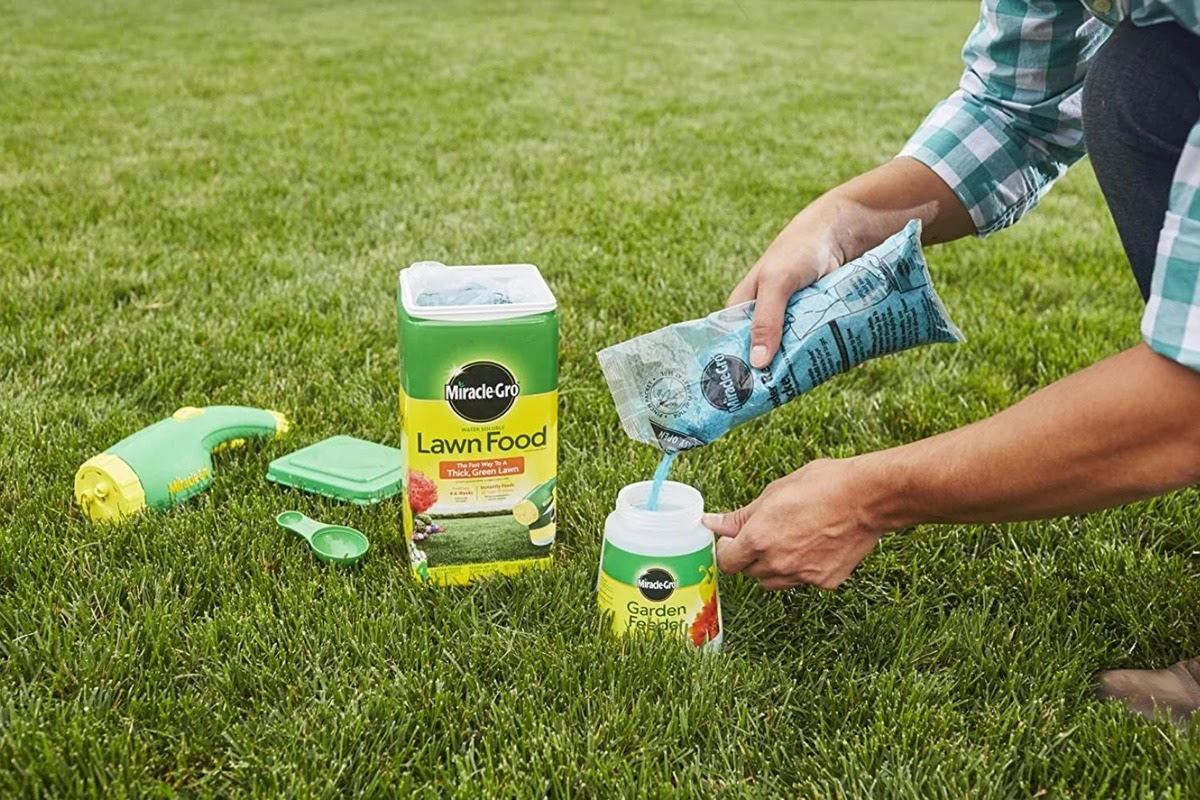

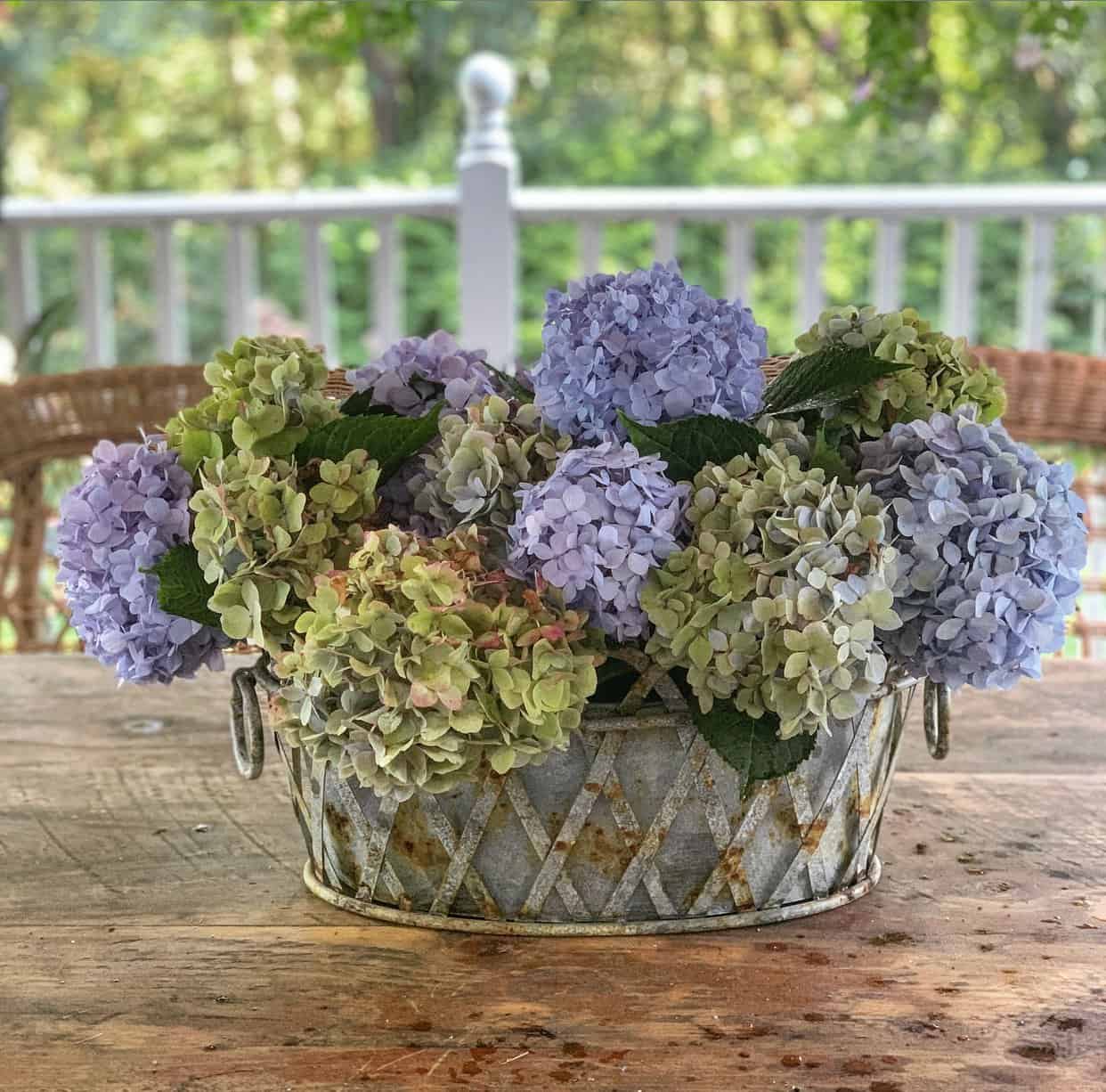
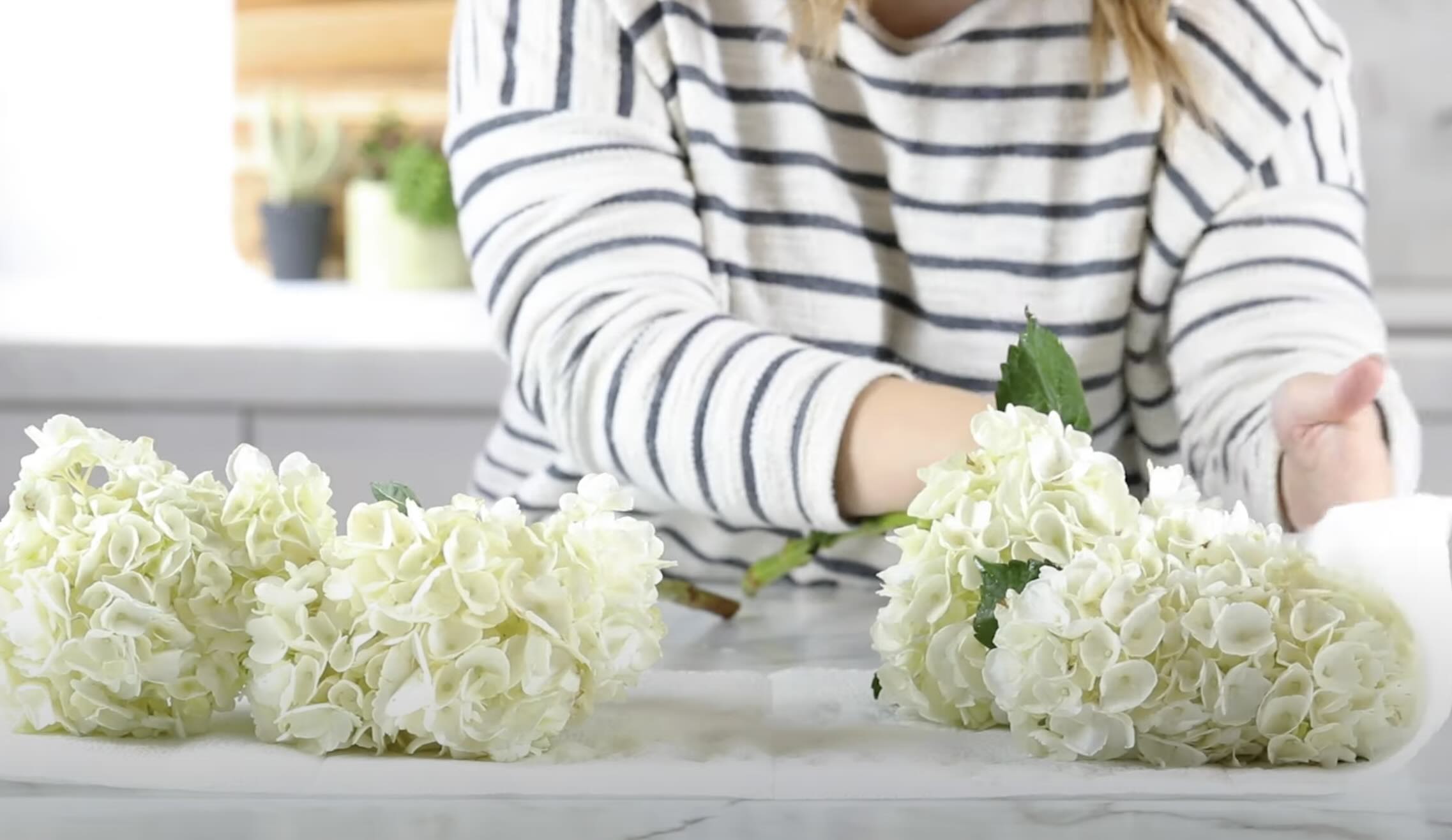
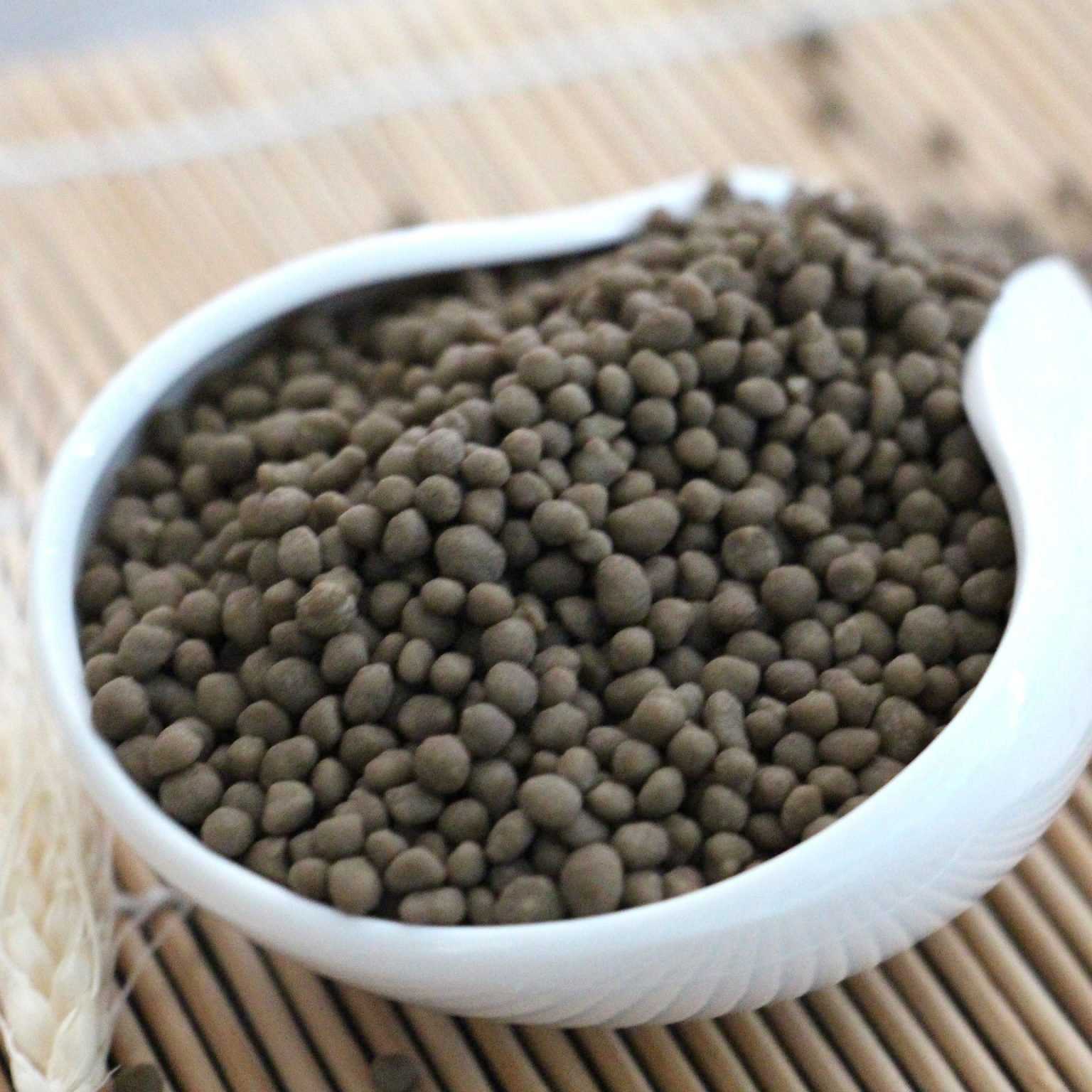
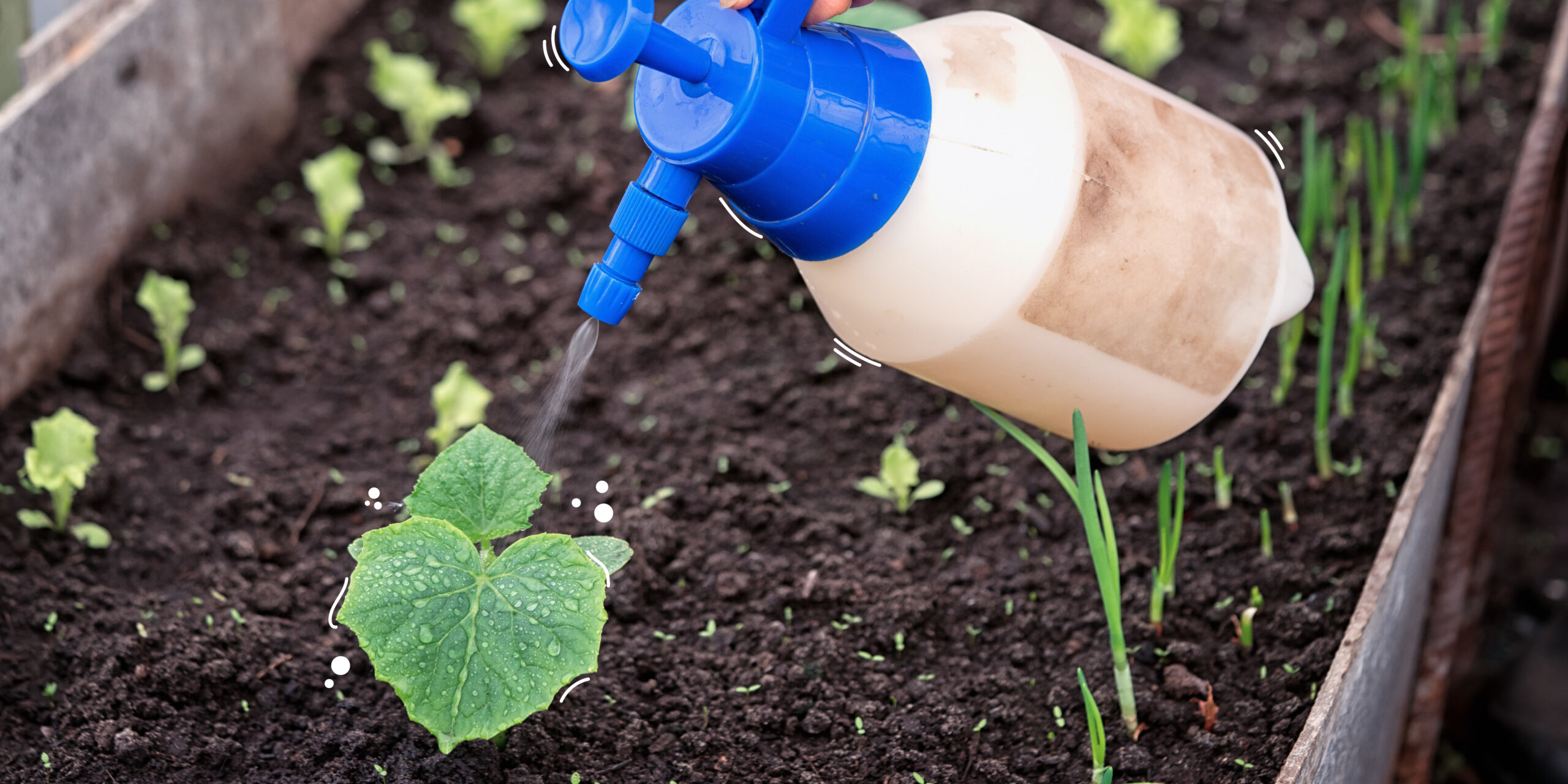
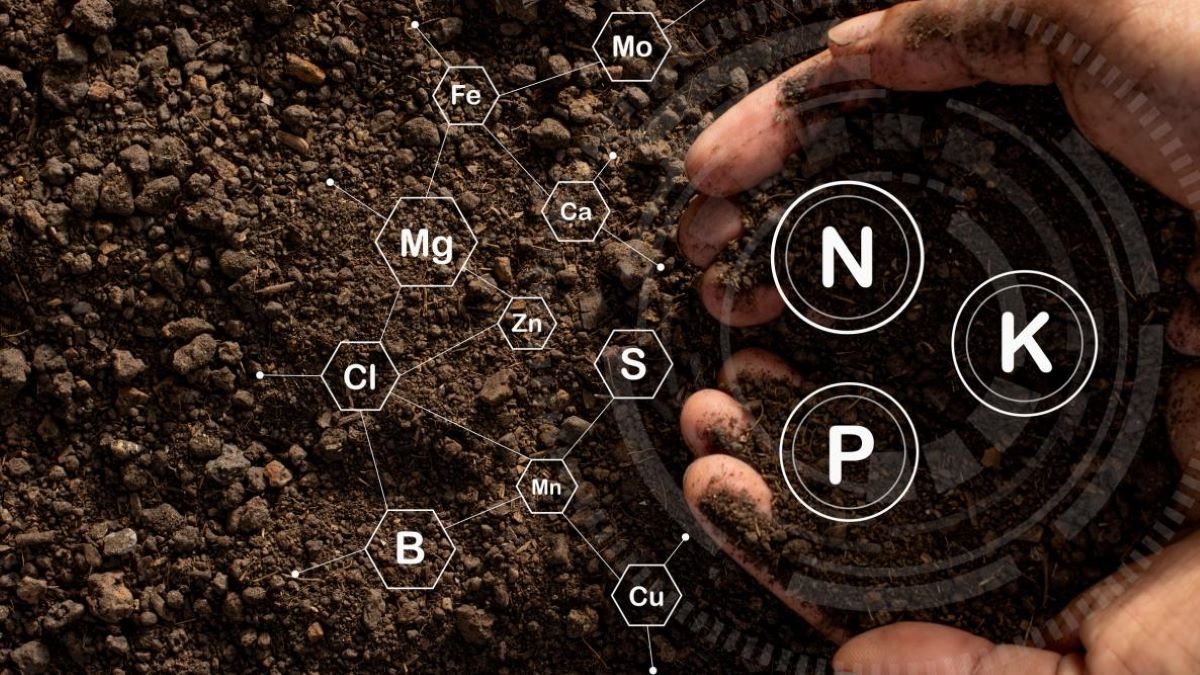
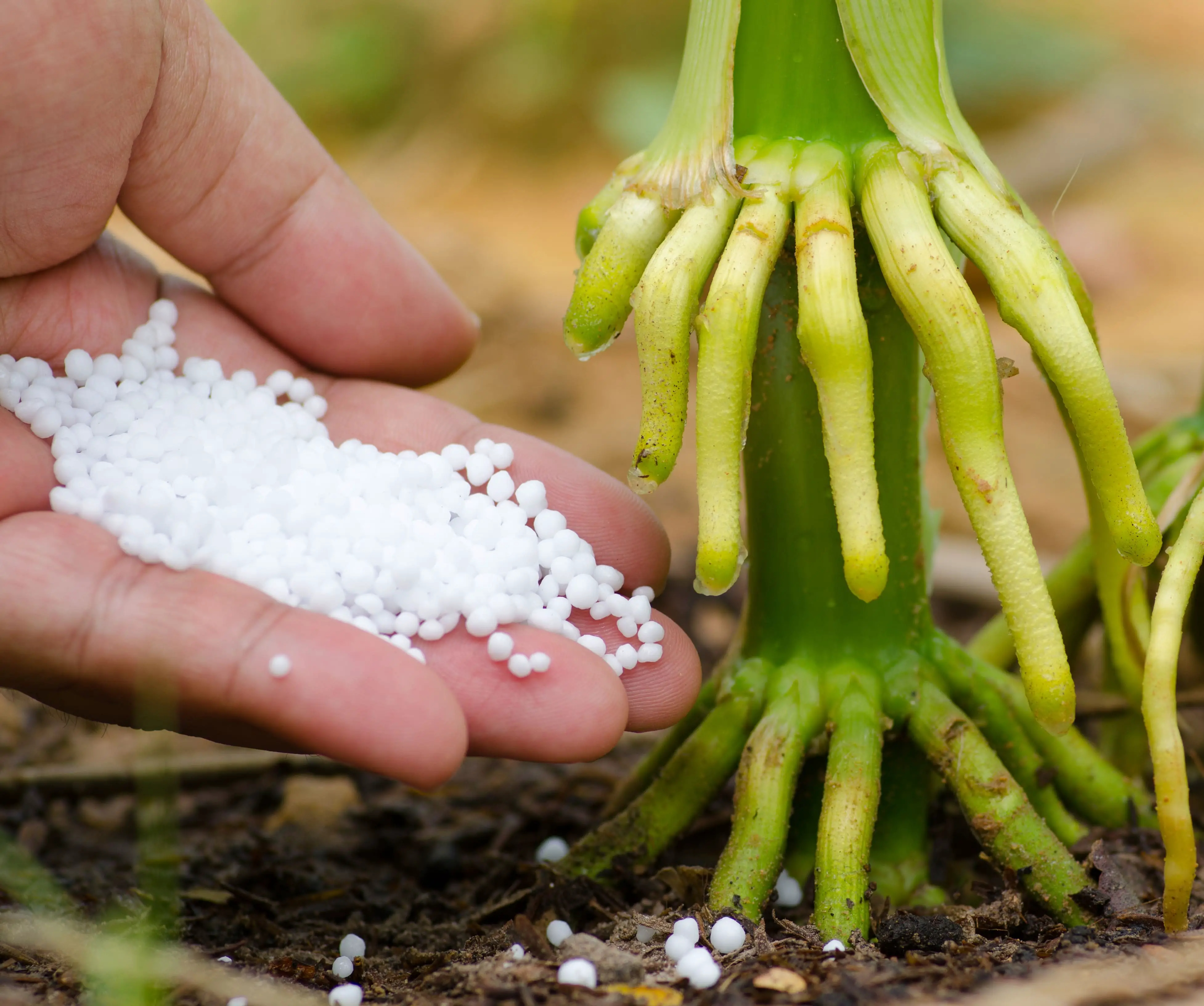
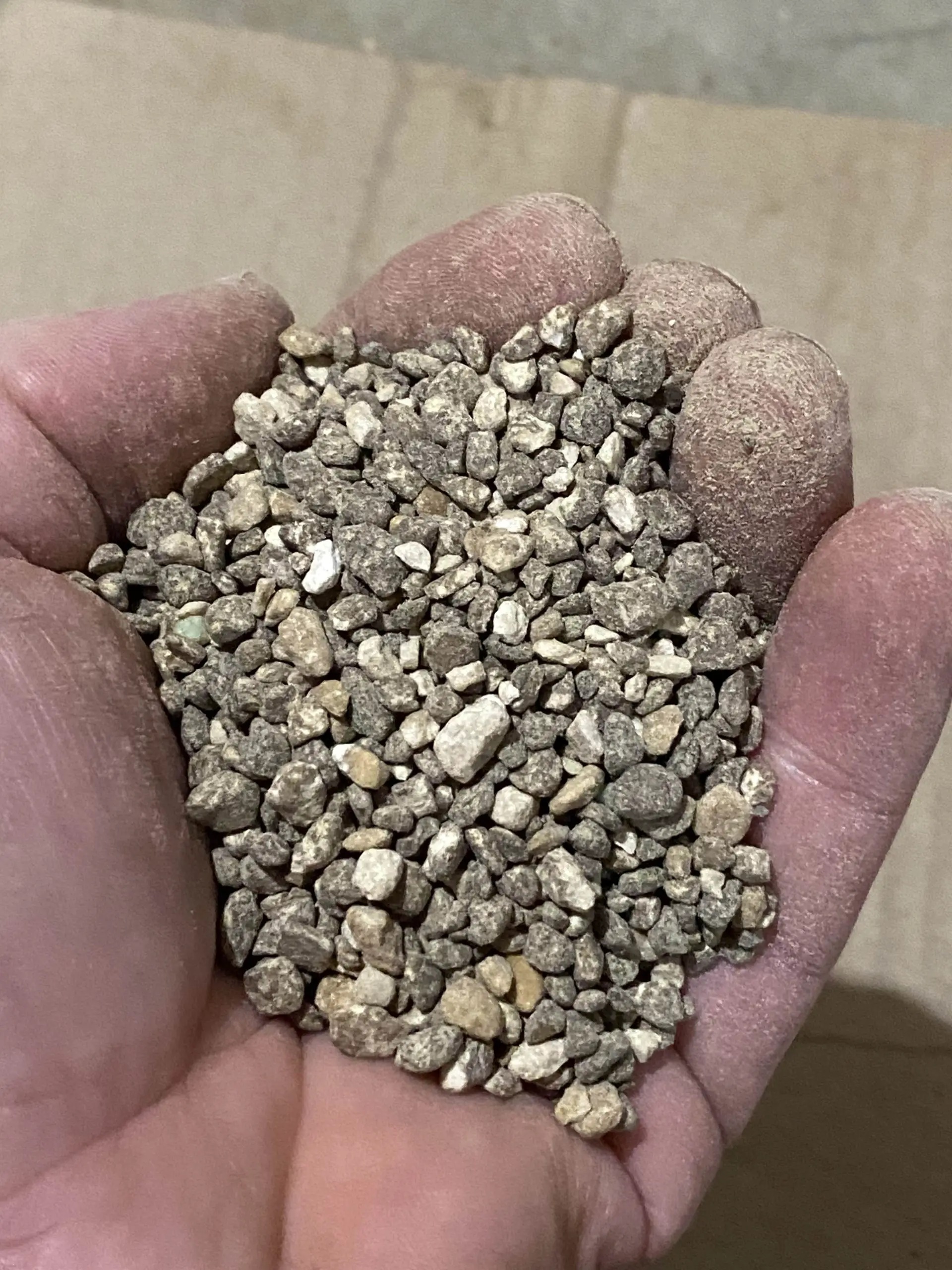

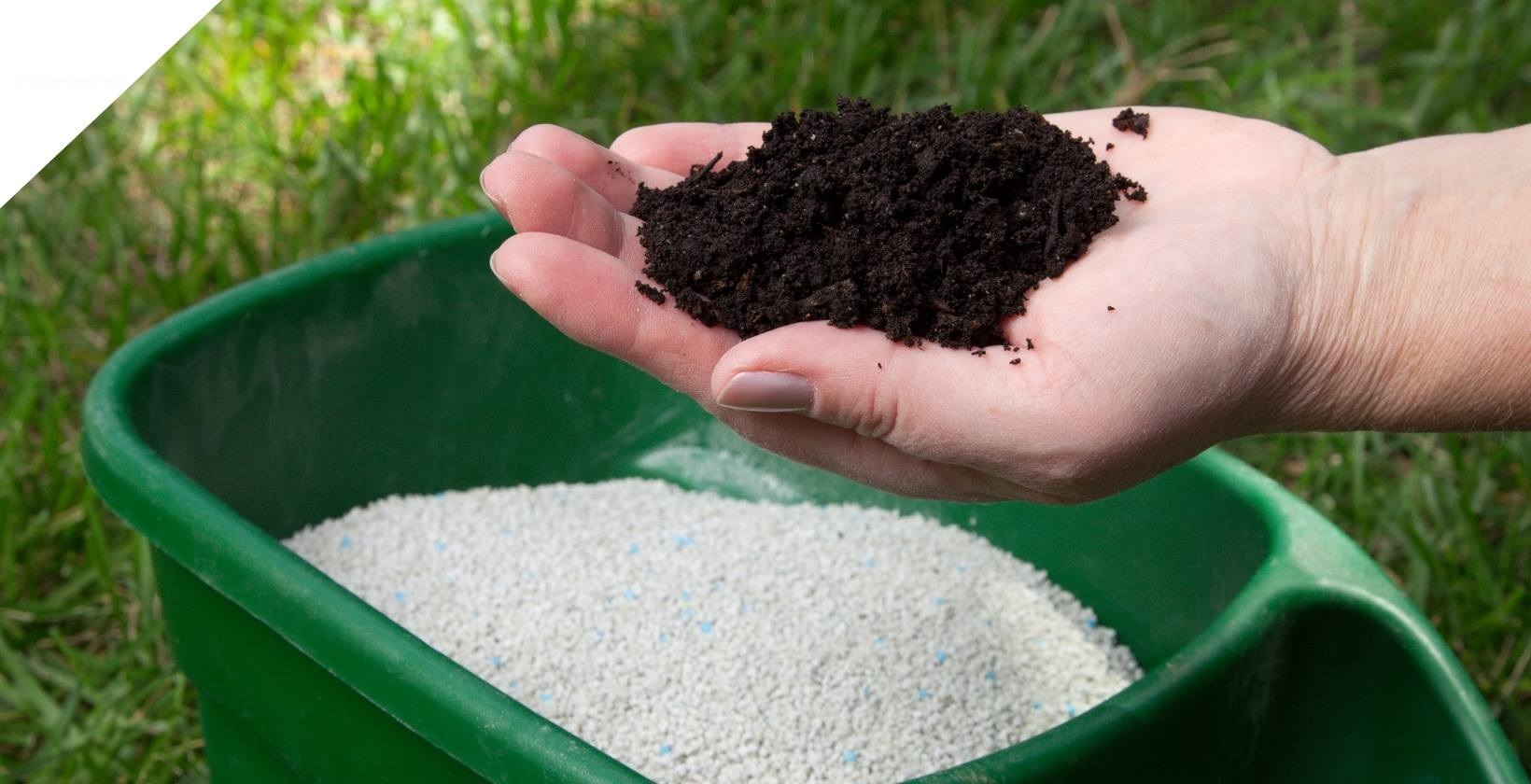
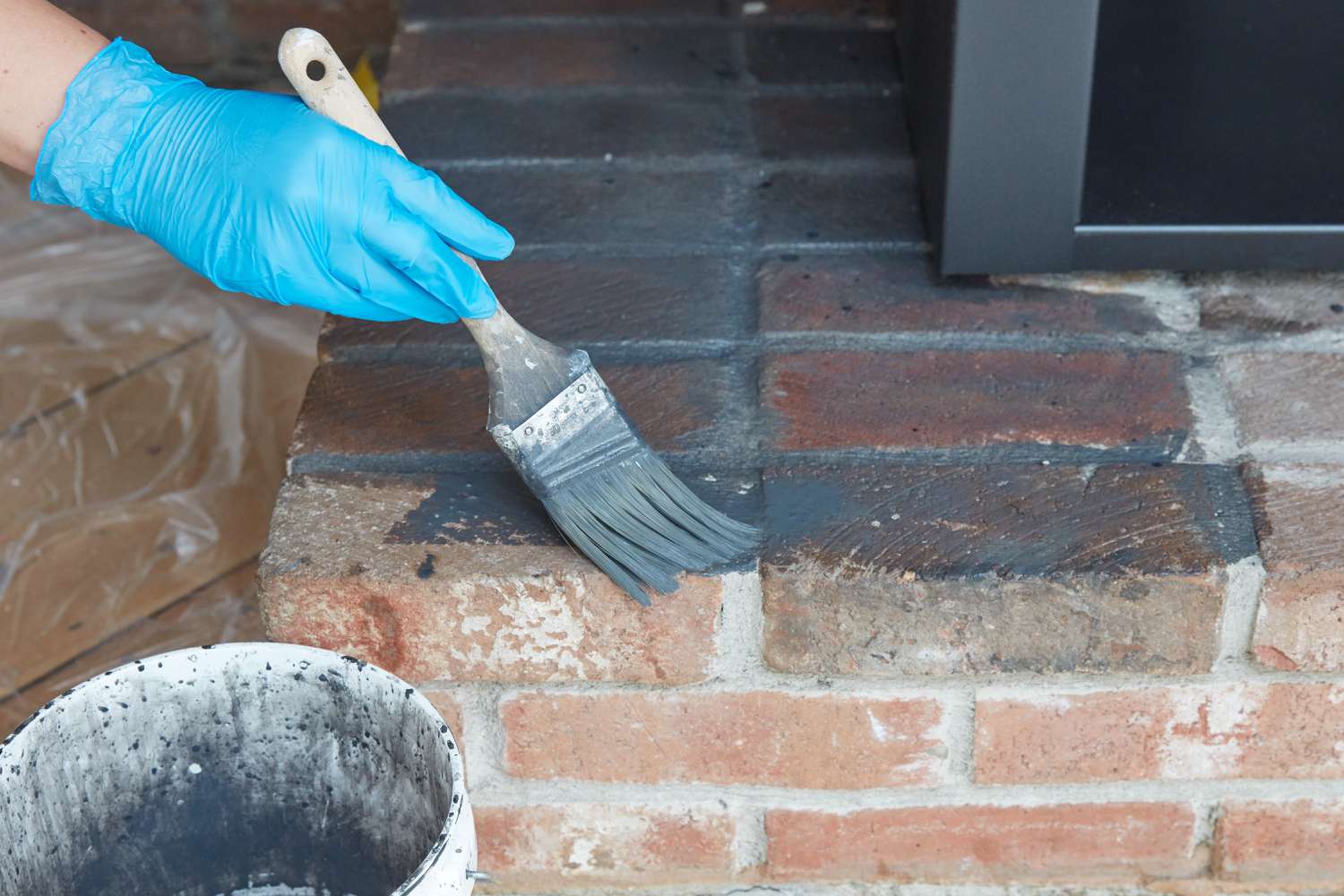
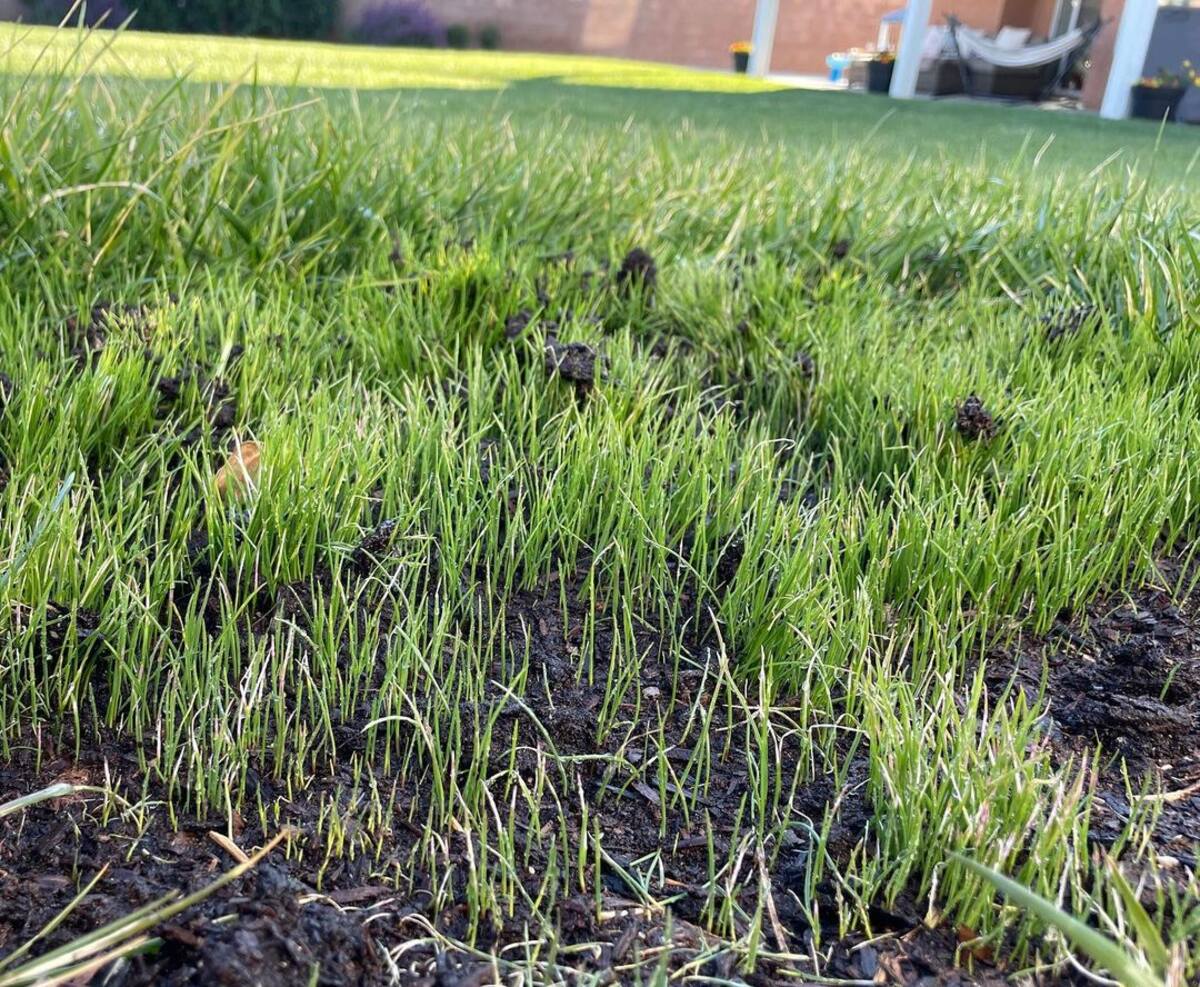

0 thoughts on “What Kind Of Fertilizer For Hydrangeas”